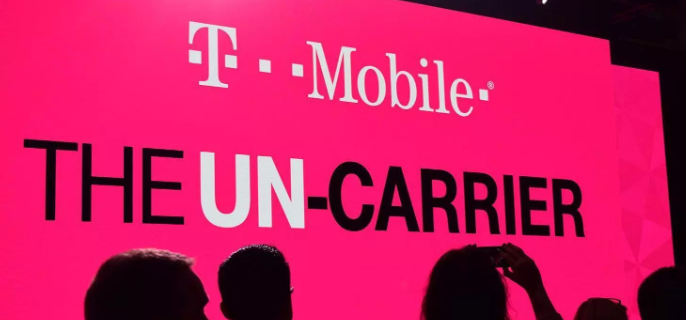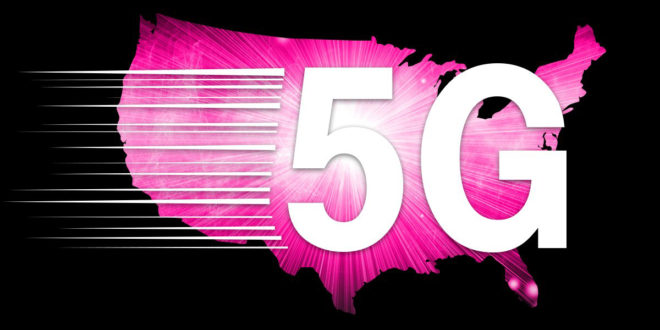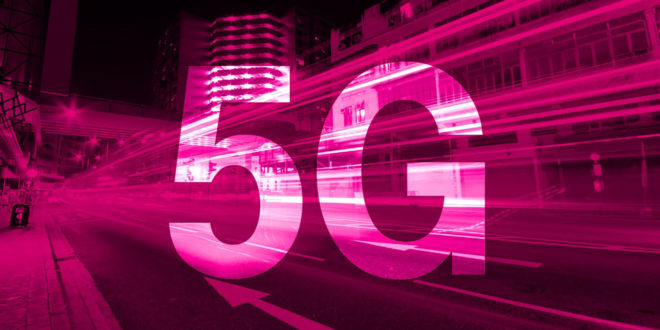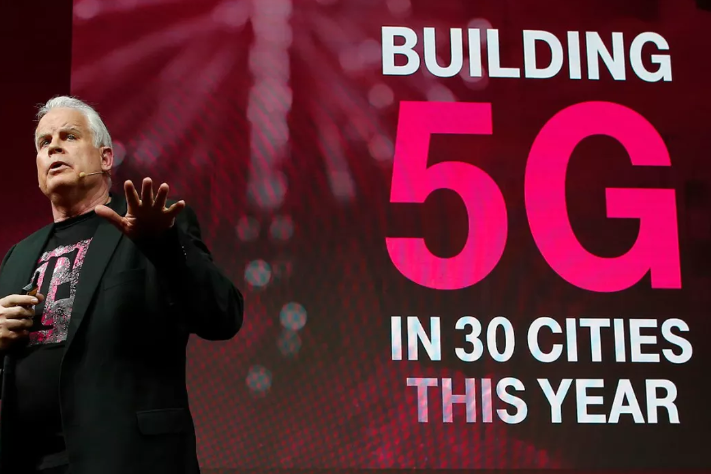Following the Verizon 5G launch, T-Mobile is all set to be the next major telecom operator in the US to launch 5G services.
T-Mobile 5G service was announced last year when the company also started off laying the groundwork for 5G connectivity across 30 cities in the US.

5G internet is the next big revolution in mobile internet technology and all the telecom giants are jumping in. While Verizon and AT&T have started off with 5G services, the T-Mobile 5G services, however, are yet to hit the markets in full force. Let us take a closer look at everything that we know about T-Mobile’s plans with 5G so far.
Which Cities Are Getting T-Mobile 5G in 2019?
T-Mobile’s plans are to launch their 5G services in the following cities before 2019 comes to a close:

- Dallas TX
- Las Vegas NV
- Los Angeles CA
- New York NY
The company has been busy laying down the groundwork for their 5G services all over the US. However, until and unless 5G phones hit the markets, it is unlikely that this ‘groundwork’ will be of any use for them. These cities will get the T-Mobile 5G service in the second half of 2019.
T-Mobile 5G Pricing Details

T-Mobile’s pricing strategy for 5G services is yet to be officially revealed. However, in the past, the CTO of the company has said that their 5G services will be an unlimited offering and that they would be priced similar to T-Mobile 4G services for the first three years. The current price for their 4G services is $70/line.
T-Mobile 5G Speed and Coverage Details
What separates T-Mobile’s 5G offering compared to that of Verizon is the fact that the company will be using low-band spectrum (as opposed to the others who are using mmWave) which will help ensure that they provide 5G access to a wider area. The company has particularly focused on the rural regions, stating 96% of rural America will get 5G access on T-Mobile’s network.

Coming to the speed that T-Mobile 5G internet will offer, the company’s plan is to achieve 100 Mbps download speed on 2/3rd of their connections. Post that, their target is to reach 450 Mbps and eventually as high as 4Gbps.









